In this Raspberry Pi Samba tutorial, we will be showing you how you can share directories from your Raspberry Pi using the SMB/CIFS protocols.
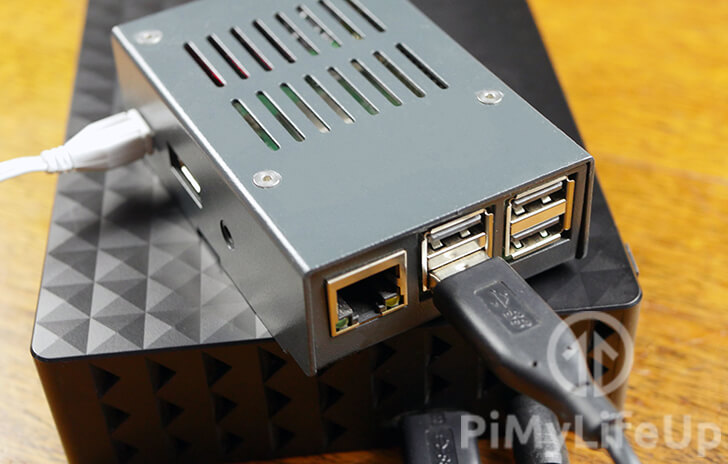
Samba is a re-implementation of the SMB (Server Message Block) networking protocol and allows Linux computers to integrate into Microsoft’s active directory environments seamlessly.
CIFS or Common Internet File System is an implementation of the SMB protocol. In modern setups, CIFs or SMB is used interchangeably, but most people will use the term SMB.
By using Samba on our Raspberry Pi, we can easily share directories in a way that they can be accessed on almost every operating system.
Samba is one of the easiest to set up and configure file servers, which makes it one of the best solutions for setting up a NAS, especially when you intend on targeting Windows systems.
There are plenty of other NAS setups that you can run on your Raspberry Pi. I prefer Samba has I run into the least problems, but something else might appeal to you more.
Equipment
Below is all the equipment that you will need for setting up Samba on your Raspberry Pi.
Recommended
- Raspberry Pi Amazon
- Micro SD Card Amazon
- Ethernet Cable Amazon or Wi-Fi Amazon
- External Hard Drive Amazon
Optional
Note: The USB ports on the Raspberry Pi might not be enough to power an external drive so you might need to invest in a powered USB hub.
Setting up Samba on your Raspberry Pi
Over the following sections, we will be showing you how to set up a Samba share on your Raspberry Pi.
If you prefer video, you can watch the video below to learn all the steps you need to take to install and configure Samba correctly. Otherwise, the full text instructions are immediately below the video.
Installing Samba on to your Raspberry Pi
1. The first thing that we must do before we setup a SMB/CIFS share on our Raspberry Pi is to make sure everything is up to date.
We can update the package list and all our packages by running the following two commands.
sudo apt update
sudo apt upgradeCopy2. Now that we have Raspberry Pi OS entirely up to date, we can now proceed on to installing the Samba software.
We can install the packages that we require to setup Samba by running the following command.
sudo apt install samba samba-common-binCopyCreating a Directory to Share
3. Before we set up our network storage on our Pi, we need to first create a folder that we will share.
This folder can be located anywhere, including on a mounted external hard drive. For this tutorial, we will be creating the directory within our current users home directory.
Create this folder by using the mkdir command. By using the tilde (~) symbol, we will be creating this new folder within the current user’s home.
mkdir ~/sharedCopyEnsure that you don’t use “sudo” to create any directories you want shared. A directory created using “sudo” will be owned by the root user.
If you use sudo, you will need to use the chown command to give ownership of that directory to your actual user.
Configuring Samba on your Raspberry Pi
4. Now we can share this folder using the Samba software. To do this, we need to modify the samba config file.
The “smb.conf” configuration file is where you will store all your settings for your shares.
We can begin modifying the config file by using the nano text editor.
sudo nano /etc/samba/smb.confCopy5. Within this file, add the following to the bottom. This text defines various details of our share.
For this example to work, ensure that you replace “<USERNAME>” with the name of your user.
[pimylifeupshare]
path = /home/<USERNAME>/shared
writeable = yes
browseable = yes
public = noCopy[pimylifeupshare]– This block defines the start of a new Samba share. The text between the square brackets ([ ]) is the name that will be assigned to your share.
For example, by setting our share name to “pimylifeupshare” we would be able to access this by going to: “\\192.168.0.134\pimylifeupshare“.path– Use this option to specify the path of the directory you want to share using Samba on your Raspberry Pi.writeable– When this option is set to “yes“, it will allow the folder to be writable.
If you want to block users from being able to write to this share, set this to “no“.browseable– The browsable option allows you to control whether this share will be viewable by others on your network. Setting this option to “yes” will allow others to find this share on your network.
By setting this option to “no“, you will be required to enter the share path to connect to it.public– If this is set to “no” the Pi will require a connection to have a valid user to access the Samba share.
6. With the changes made to the file, you can now go ahead and save it by pressing CTRL + X then Y followed by ENTER.
Setting up a User to Access your Samba Shares
7. Next, we need to set up a user for our Samba share on the Raspberry Pi. Without it, we won’t be able to make a connection to the shared network drive
To assign a Samba password to your user we will need to utilize the “smbpassword” tool. Use the command below to set a password for your user, replace “<USERNAME>” with the name of your user.
sudo smbpasswd -a <USERNAME>Copy8. You will now be prompted to type in a new SMB password for your user.
New SMB password:
Retype new SMB password:9. If you see the following message, then you can tell that you have successfully added an SMB password to your user.
You will be using this username and password to connect to your shares.
Added user USERNAMERestarting Samba on your Raspberry Pi
10. Finally, before we connect to our Raspberry Pi Samba share, we need to restart the samba service so that it loads in our configuration changes.
sudo systemctl restart smbdCopy11. The last thing we should do before we try connecting to our Samba share is to retrieve our Raspberry Pi’s local IP address.
First, make sure you’re connected to a network by either connecting Ethernet cable or setup WiFi.
While you can connect using the Pi’s network name, we will grab the IP address just in case that option fails to work on your home network.
Run the command below to print out the Pi’s local IP Address.
hostname -ICopyIn the next couple of sections, we will walk you through the process of connecting to your network attached storage on Windows and macOS.
Connecting to your Samba Server on Windows
1. To connect to your Samba on Windows, begin by opening up the “File Explorer“.
Within the “File Explorer” click the “Computer” tab (1.) then click “Map network drive” (2.)
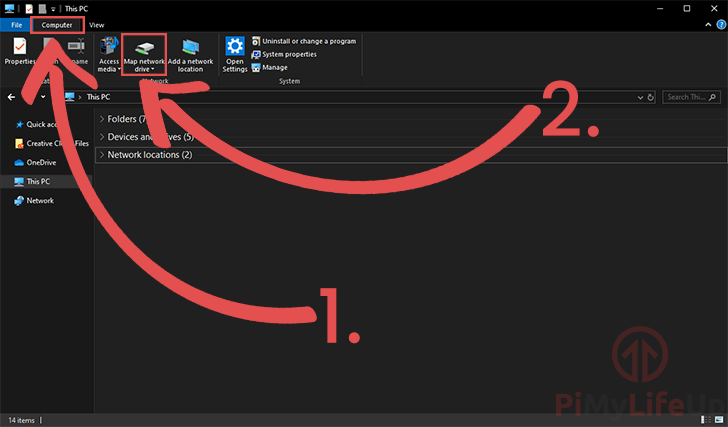
2. You will now be greeted by the dialog shown below asking you to enter some details.
Within the “Folder” textbox (1.) you will want to enter the following “\\raspberrypi\pimylifeupshare“.
Make sure that you replace “pimylifeupshare” with the name that you defined for your Samba share.
If for any reason the connection fails, you can switch out “raspberrypi” with your Raspberry Pi’s local IP address that you retrieved in step 9 of the setting up section of this tutorial.
Once done, click the “Finish” button to finalize the connection.
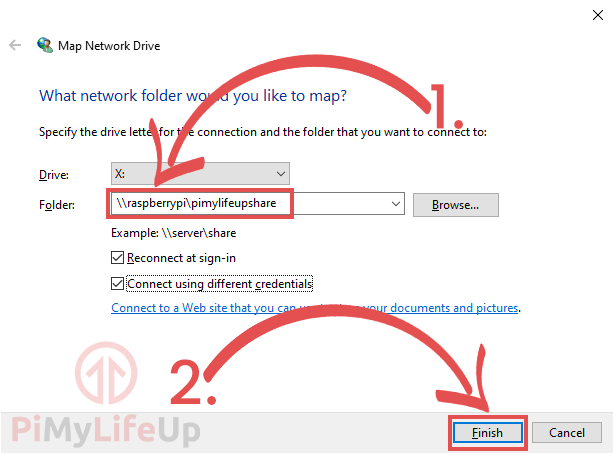
3. Finally, you will be asked to enter your login details to be able to finish the connection.
Enter the username and password (1.) you set using the “smbpasswd” tool earlier on in the tutorial.
Once done, click the “OK” button (2.) to continue.
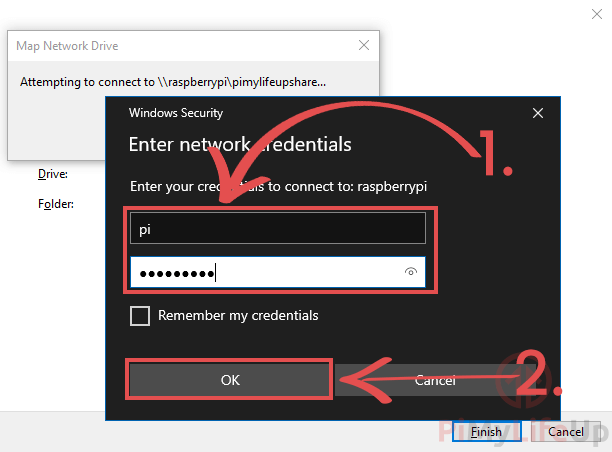
Connecting to your Samba Share on macOS
1. Now to connect to your Raspberry Pi’s Samba server on a macOS system.
You will have to begin by opening the “Finder” application as we have shown in the screenshot below.
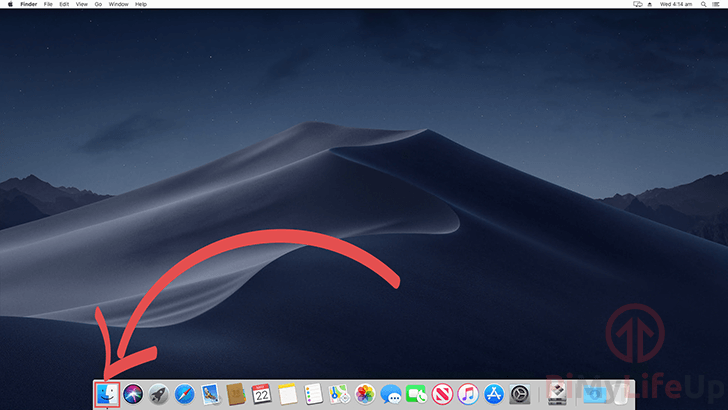
2. With the “Finder” application now open, click the “Go” button (1.) in the toolbar, then click the “Connect to Server…” option (2.).
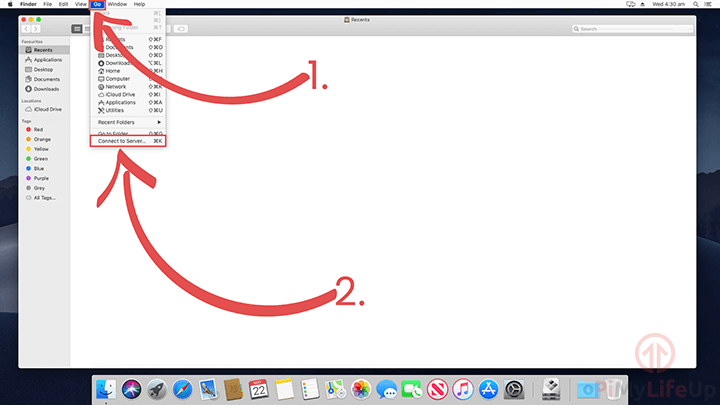
3. Now that the “Connect to server” dialog is now open on your device you can go ahead and enter in the details for your Raspberry Pi’s SMB share.
Within the address box (1.) you will need to enter “smb://192.168.0.159/pimylifeupshare“.
You will need to swap out the IP address “192.168.0.159” with the IP address of your Raspberry Pi that you retrieved in step 9 of the setting up section of this tutorial.
Also, if you changed the name of the share name from “pimylifeupshare“, you will need to change that section of the address.
Once you have entered the address, you can click the “Connect” button (2.) to begin the connection to your Raspberry Pi’s Samba share.
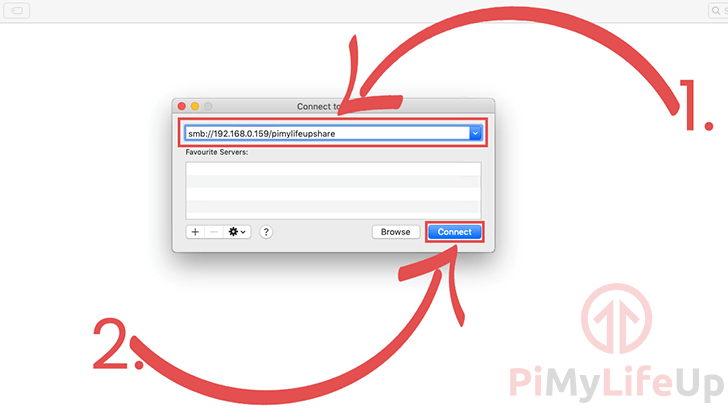
4. Before the connection is complete, you will be asked to enter both the username and password that you set up using the “smbpasswd” (1.) tool earlier in this guide.
Once you have entered in both of these details, go ahead and click the “Connect” button (2.) to finalize the connection.
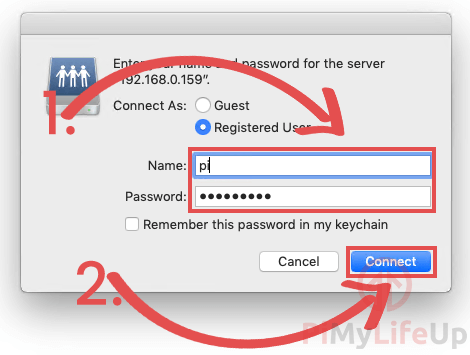
Conclusion
By now you should have successfully set up a network drive that you can access on both a Windows PC or a Mac computer. You should also be able to access it on other devices such as mobile phones.
I hope that this Raspberry Pi Samba server tutorial has shown you everything you need to know to have your network storage up and working. If you have any feedback then please don’t hesitate to leave a comment below.
If you found this guide to be helpful, we recommend checking out our many other Raspberry Pi projects.
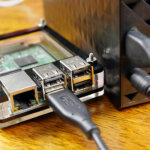
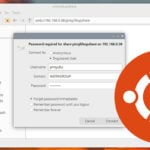
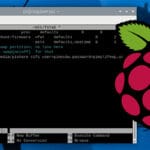
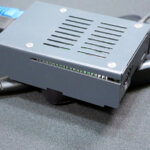
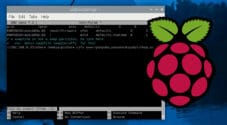
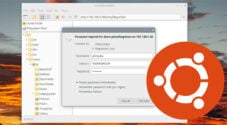
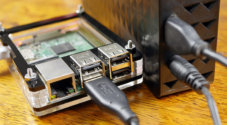
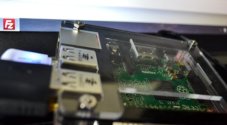
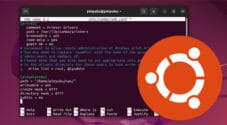
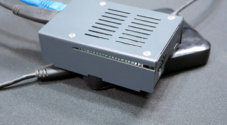
Really love your walkthroughs. Big Fan
But please add how to connect to smb server with other pi
I follow the guide exactly and I get an error ‘you dont have permission to access the share’ – I also enabled my user with ‘sudo smbpasswd -e’
I think I found it, I failed to assign ownership of the shares to the smbgroup as it is not possible on non-Unix filesystems – I was trying with exFAT and was struggling for days. A shame, but I have learned lots – time to find another workaround!
Thanks also this worked seamlessly well step by step! I now have an SMB server running to allow recordings to be saved to a USB flash drive on my Pi!
Great article. Worked a treat for me!
Thank you for the great tutorial.
Easy to follow instructions.
I was successful in creating my Samba Server using an External SATA 6TB drive, on Pi-4B-4GB Bullseye 32Bit OS.
Had tried using 64Bit Bullseye earlier in the week but experienced problems. Will wait for another Samba update before trying again.
Perfect, thank you!
I had to add
ntlm auth = true
under [global] in smb.conf
in order to connect to the share from win10
Great tutorial thanks.
As a note, if you are connecting from a windows PC that is registered on a domain, you will need to use raspberrypi\pi as username
This is the third or fourth tutorial that I’ve followed, and they all get an A+. Thank you for your thoroughness!
this is the best tutorial that i have seen around.
Thank you so much for this website! Its been a great resource as i learn how to use, setup, and play with my pi. Your guides are pretty dang flawless. Again thank you!!!!
Great tutorial, thank you!
On the Project page the description states that you can use SMB to also share printers as well as folders. Is that difficult to do if your able to get the SMB share working properly?
My parents have an older USB printer that they would like to both access without passing a USB cable back the forth and I was looking at using a Pi to allow both of them to use the printer. It seems like a good idea to also hook up a 4TB external HD to give them some shared network storage. If i am able to accomplish both print and file share with single SMB implementation that seems like it would be better, just maybe not easier.
Hi PCTRS80,
I highly recommend that you check out our Raspberry Pi Print Server tutorial as this will best implement the printer section of what you trying to achieve.
For the drive itself you can just make use of Samba itself.
Cheers,
Emmet
Really important, I was burn by this for days.
I mounted /dev/sda1 to /media/hd1 (hd1 a directory I made in /media
But in smb.conf I had
[hd1]
path = /media/hd1 #mounted HDD
etc
Do not put a # comment after the path name. It prevents the path name matching the actual path. So shares will show but windows can’t connect to them.
cat /var/log/samba log.XXX XXXX = your connect device name or IP. will show unable to canonicalize …. error
So I figured it out, I changed the path from drive path to mounted path:
/dev/sda1
/media/pi/TorDrive
######
[pimylifeupshare]
path = /media/pi/TorDrive
writeable=Yes
create mask=0777
directory mask=0777
public=no
######
I used these articles below and I setup my usb flash drive:
https://pimylifeup.com/raspberry-pi-transmission/
https://pimylifeup.com/raspberry-pi-mount-usb-drive/
How do I have samba & my torrents point to the usb flash drive for storage?
Do I need to change these directories below?
sudo mkdir -p /media/NASHDD1/torrent-inprogress
sudo mkdir -p /media/NASHDD1/torrent-complete
And for the smb.conf I added the following below; is that correct?
######
[pimylifeupshare]
path = /dev/sda1
writeable=Yes
create mask=0777
directory mask=0777
public=no
######
Figured this out as well by changing the path to /media/pi/TorDrive instead.
FROM:
sudo mkdir -p /media/NASHDD1/torrent-inprogress
sudo mkdir -p /media/NASHDD1/torrent-complete
TO:
sudo mkdir -p /media/pi/TorDrive/torrent-inprogress
sudo mkdir -p /media/pi/TorDrive/torrent-complete
Made all respective changes as well for the new path.
######
The only thing remaining is speed downloading torrents is super slow but I suspect it’s my mounted Samsung EVO microsd drive instead of an actual flash drive or external hdd.
Great tutorial.
One thing you might want to add for Mac users.
At the Mac command line `sudo /etc/hosts` and at the end of the file add the line:
192.168.0.159 raspberrypi
then you can use the hostname `raspberry pi` instead of the IP address. You can even use it to connect via SSH and VNC instead of the address.
you can use `raspberrypi.local` without modifying hosts
Is it somehow accessible by phone?
Hi Andrew,
As long as your using something that supports the CIFS/SMB protocols then yes you should be able to access your Raspberry Pi SAMBA server using a phone.
Cheers,
Emmet
This is the first samba tutorial I’ve followed that actually works on Windows 10! Thanks!
Same here! I tried at least 25 other recommendations to no avail.
How does this guide change if the share folder is stored on an external drive?
[pimylifeupshare]
path = /home/pi/shared
writeable=Yes
create mask=0777
directory mask=0777
public=no
Hi Justin,
You change the “path =” option to point towards your external drive.
Cheers,
Emmet